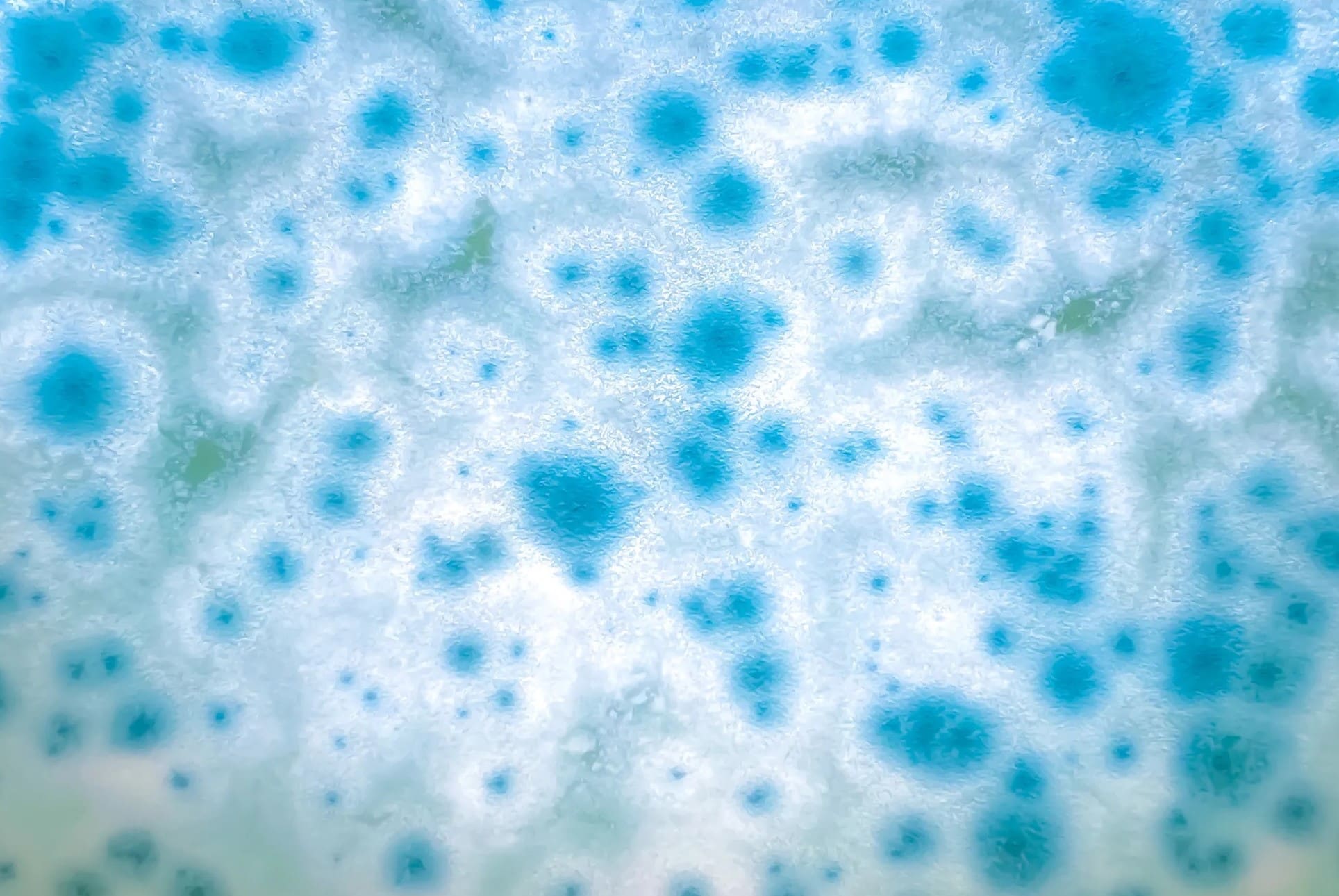
What is Moynahan Syndrome? Moynahan Syndrome, also known as Moynahan alopecia syndrome, is a rare genetic disorder first described in 1962 by British dermatologist E.J. Moynahan. This condition is marked by congenital alopecia (hair loss), early-onset epilepsy, intellectual disability, and speech delay. It is inherited in an autosomal recessive manner, meaning both parents must carry the mutated gene for their child to be affected. Individuals with Moynahan Syndrome often exhibit microcephaly (a smaller head size), short stature, and sometimes hypogonadism, which can delay puberty. While the exact incidence remains unknown, the syndrome's rarity makes it a challenging condition to diagnose and manage.
Key Takeaways:
- Moynahan Syndrome is a rare genetic disorder causing epilepsy, alopecia, and intellectual disability. Understanding its clinical features and genetic inheritance is crucial for families and healthcare professionals.
- Management of Moynahan Syndrome involves addressing symptoms like seizures, speech delay, and cognitive impairment. Supportive care, educational programs, and genetic counseling play vital roles in improving the quality of life for affected individuals and their families.
What is Moynahan Syndrome?
Moynahan Syndrome is a rare genetic disorder that presents a unique set of challenges. Understanding this condition can help those affected and their families navigate its complexities.
-
Definition: Moynahan Syndrome is a rare, genetic epilepsy syndrome characterized by congenital alopecia, early-onset epilepsy, intellectual disability, and speech delay.
-
Incidence: The exact incidence of Moynahan Syndrome is unknown. It's considered rare, with limited data on its prevalence.
-
Genetic Inheritance: This syndrome is inherited in an autosomal recessive manner. A person must inherit two copies of the mutated gene (one from each parent) to develop the condition.
Clinical Features of Moynahan Syndrome
The clinical features of Moynahan Syndrome are diverse and can significantly impact the quality of life. Here are some key characteristics:
-
Congenital Alopecia: Individuals often have sparse or absent scalp hair from birth, a hallmark feature of the syndrome.
-
Early-Onset Epilepsy: Many affected individuals experience seizures early in life, often grand mal seizures.
-
Intellectual Disability: Cognitive function is typically impaired, affecting daily living skills and learning.
-
Speech Delay: Speech development is often delayed, impacting communication abilities.
Additional Physical Characteristics
Beyond the primary features, Moynahan Syndrome can present with other physical characteristics that may require attention.
-
Microcephaly: Many individuals have a smaller-than-average head circumference for their age and sex.
-
Short Stature: Delayed bone development often results in shorter stature.
-
Hypogonadism: Some individuals experience delayed puberty and poor development of secondary sexual characteristics.
Sensory and Neurological Aspects
The sensory and neurological aspects of Moynahan Syndrome can add layers of complexity to its management.
-
Sensorineural Deafness: Some cases report hearing loss, although it's not universal.
-
Electroencephalogram (EEG): EEGs often show abnormal patterns indicative of neurological issues.
Types of Moynahan Syndrome
Moynahan Syndrome can be categorized into three types, each with distinct clinical features.
-
Type I: Characterized by total alopecia and mental retardation, often associated with microcephaly.
-
Type II: Features subtotal alopecia and mental retardation, with or without epilepsy.
-
Type III: Includes subtotal alopecia, psychomotor retardation, microcephaly, and epilepsy.
Diagnosis and Genetic Testing
Diagnosing Moynahan Syndrome involves a combination of clinical evaluation and genetic testing.
-
Diagnosis: Primarily based on clinical features like microcephaly, alopecia, and epilepsy.
-
Genetic Testing: While available, the genetic mutations responsible for the condition are not fully understood, complicating diagnosis and treatment.
Treatment and Management
Managing Moynahan Syndrome focuses on addressing its various symptoms and improving quality of life.
-
Treatment: No specific treatment exists. Management typically involves controlling seizures, educational programs, and addressing other symptoms.
-
Epilepsy Management: Essential for individuals with Moynahan Syndrome, often requiring antiepileptic medications.
-
Anesthetic Considerations: Careful anesthetic management is crucial due to epilepsy and associated neurological anomalies.
Pharmacological Implications
Certain medications and anesthetic agents need to be carefully considered for individuals with Moynahan Syndrome.
-
Contraindicated Agents: Anesthetic agents like ketamine, enflurane, and methohexital are relatively contraindicated in patients with epilepsy.
-
Sevoflurane: High concentrations at induction might trigger seizures, necessitating careful selection of anesthetic agents.
Developmental and Educational Support
Supportive care and educational programs play a vital role in managing Moynahan Syndrome.
-
Speech Therapy: Beneficial for addressing speech delay and improving communication skills.
-
Educational Programs: Tailored to the individual's needs to help manage intellectual disability.
Family and Genetic Counseling
Understanding the genetic aspects of Moynahan Syndrome can help families make informed decisions.
-
Family History: Plays a crucial role in identifying potential cases due to the autosomal recessive inheritance pattern.
-
Consanguinity: Higher likelihood of occurrence in families with parental consanguinity, highlighting the importance of genetic counseling.
Resources and Research
Various organizations and resources are available to support individuals and families affected by Moynahan Syndrome.
-
Orphanet Summary: Provides detailed information on diagnosis, care, and treatment in multiple languages.
-
GARD Disease Summary: Offers comprehensive information and resources for patients, caregivers, and families.
-
OMIM Summary: Contains a summary of published research on Moynahan Syndrome, valuable for healthcare professionals.
-
Research Activities: Ongoing research aims to understand the genetic basis and develop more effective management strategies for Moynahan Syndrome.
Understanding Moynahan Syndrome
Moynahan syndrome, a rare genetic disorder, presents unique challenges. Characterized by congenital alopecia, early-onset epilepsy, intellectual disability, and speech delay, it requires comprehensive management. Genetic inheritance plays a crucial role, often involving autosomal recessive patterns. Diagnosis hinges on clinical features and genetic testing, though the exact mutations remain elusive. Treatment focuses on symptom management, especially controlling seizures with antiepileptic medications. Educational programs and speech therapy can aid intellectual and speech development. Family history and parental consanguinity are significant factors, highlighting the need for genetic counseling. Resources like Orphanet, GARD, and NORD offer valuable support and information. Ongoing research aims to improve understanding and management, striving for better quality of life for those affected. Awareness and early intervention are key in navigating the complexities of Moynahan syndrome.
Frequently Asked Questions
Was this page helpful?
Our commitment to delivering trustworthy and engaging content is at the heart of what we do. Each fact on our site is contributed by real users like you, bringing a wealth of diverse insights and information. To ensure the highest standards of accuracy and reliability, our dedicated editors meticulously review each submission. This process guarantees that the facts we share are not only fascinating but also credible. Trust in our commitment to quality and authenticity as you explore and learn with us.


